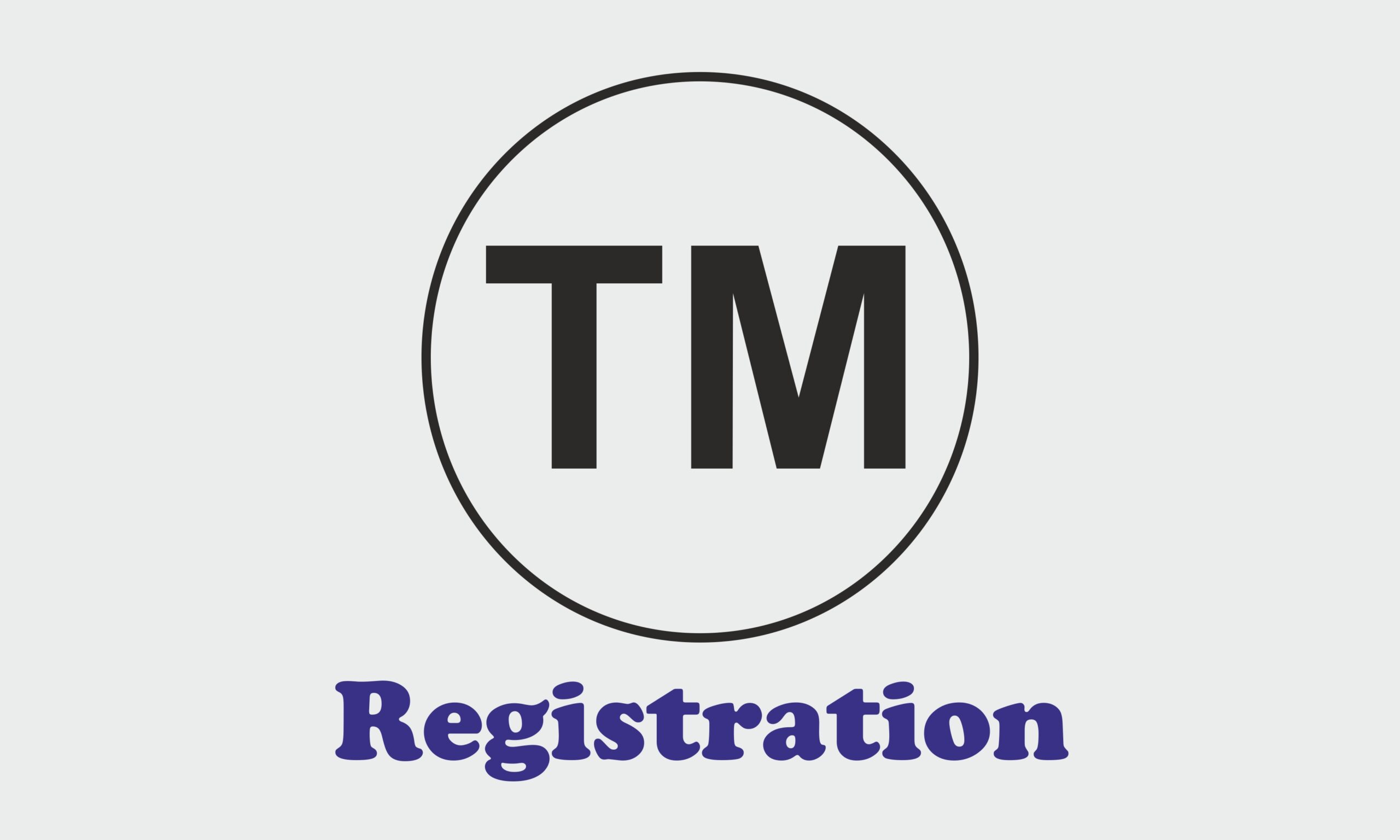Intellectual property (IP) rights are crucial for protecting various forms of creative and innovative works. Trademarks, copyrights, and patents are three primary types of IP protections, each serving distinct purposes and applying to different types of intellectual creations.
Trademarks
Trademarks are used to protect brand names, logos, symbols, and other identifiers that distinguish goods or services of one business from those of others. They help consumers identify and associate products with specific companies, ensuring brand recognition and preventing consumer confusion. How much does it cost to trademark a name in tennessee can be registered with government agencies to obtain exclusive rights to use the mark in commerce. Unlike copyrights and patents, trademarks can potentially last indefinitely if renewed periodically and continue to be used in commerce.
Key Aspects of Trademarks:
- Distinctive Signs: Trademarks can include words, designs, symbols, or even sounds that uniquely identify a product or service.
- Registration Process: Trademarks can be registered with national or regional trademark offices, providing legal protection against unauthorized use.
- Scope of Protection: Trademarks protect against the use of similar marks in related goods or services, emphasizing consumer confusion prevention.
Copyrights
Copyrights protect original works of authorship fixed in a tangible medium of expression, such as literary, artistic, musical, or dramatic works. These include novels, songs, paintings, and computer software. Copyright protection gives the creator or owner exclusive rights to reproduce, distribute, perform, display, and create derivative works based on the original creation. Copyright automatically applies upon the creation of the work and lasts for the author’s lifetime plus an additional period after their death.
Key Aspects of Copyrights:
- Scope of Protection: Copyright protects the expression of ideas rather than the ideas themselves, preventing others from copying or using the work without permission.
- Registration Process: While copyright protection is automatic upon creation, registration with the copyright office provides additional benefits, such as the ability to sue for statutory damages and attorney’s fees in case of infringement.
- Fair Use: Copyright law allows limited use of copyrighted material without permission for purposes such as criticism, comment, news reporting, teaching, scholarship, or research.
Patents
Patents protect inventions and innovations, granting the patent holder exclusive rights to make, use, sell, and import the invention for a limited period, typically 20 years from the filing date of the patent application. Patents cover new and useful processes, machines, compositions of matter, or improvements thereof. They encourage innovation by providing inventors with a monopoly over their inventions for a specified period, during which they can recoup investments and profit from their creations.
Key Aspects of Patents:
- Types of Patents: Patents can be utility patents, which cover new and useful inventions, or design patents, which protect ornamental designs of functional items.
- Application Process: Obtaining a patent involves filing a detailed patent application with the patent office, disclosing how the invention works and its novelty compared to existing technology.
- Exclusive Rights: Patents grant exclusive rights within the jurisdiction where the patent is granted, allowing the patent holder to prevent others from making, using, or selling the patented invention without permission.
Conclusion
In conclusion, trademarks, copyrights, and patents are essential tools for protecting intellectual property rights across various fields of creativity and innovation. Understanding the distinctions between these forms of IP protection is crucial for creators, innovators, and businesses seeking to safeguard their intellectual assets. Trademarks focus on brand identity and consumer protection, copyrights protect creative expressions, and patents incentivize technological advancement by granting exclusive rights to inventions. By utilizing the appropriate forms of IP protection, individuals and businesses can secure their rights, foster innovation, and ensure that their intellectual creations are recognized and respected in the global marketplace.

